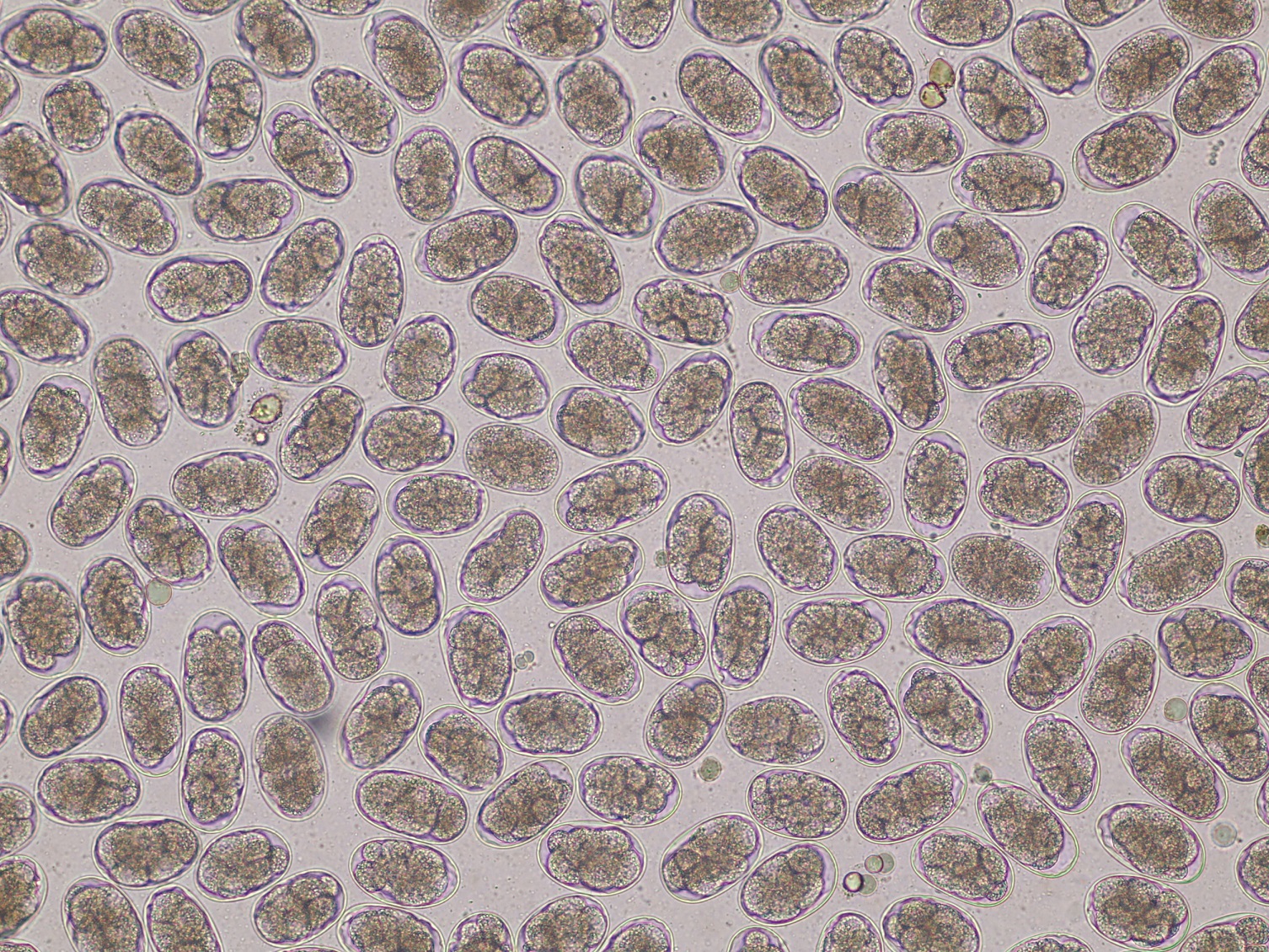Species: Cattle, sheep
Specimen: Faeces (3-5g)
Container: Pottle
Collection protocol: Directly from rectum or freshly passed sample from clean surface
Special handling/shipping requirements:
Submit samples fresh. It is important that faecal samples for larval cultures are NOT refrigerated. In cases where both FECs and larval cultures are required on the same set of samples, it is recommended that a sub-sample be removed from each individual sample and pooled. The individual samples for FEC can be refrigerated while the pooled sample should be clearly identified as being for larval culture and kept at room temperature.
General information about the disease:
Grazing ruminants in New Zealand are rarely free of worm infection, though effects on stock health and productivity vary widely. Clinical effects of enteric parasitism include ill thrift, diarrhoea, anaemia, and death in severe cases. The degree of damage is influenced by the numbers and identities of the parasites present, host age, immunity, general health, and nutrition.
General information about when this test is indicated:
Apart from those of Nematodirus, Strongyloides, and Trichuris, the similarities in size and appearance of most strongyle eggs found in domestic livestock makes differentiation largely impossible. Their third stage (infective) larvae are sufficiently distinct to allow differentiation to at least the generic levels. Faecal culture allows eggs to hatch and develop to the third larval stage. It may be necessary to identify which species are present because some are more pathogenic than others and for drench resistance testing purposes.
Comparison with other related tests:
Larval culture may be combined with composite or individual faecal egg counts in faecal egg count reduction testing for the purposes of estimating drench efficacy against parasites. In the future larval cultures may be replaced by faecal PCR enabling a more rapid turnaround time (see PCR section).

